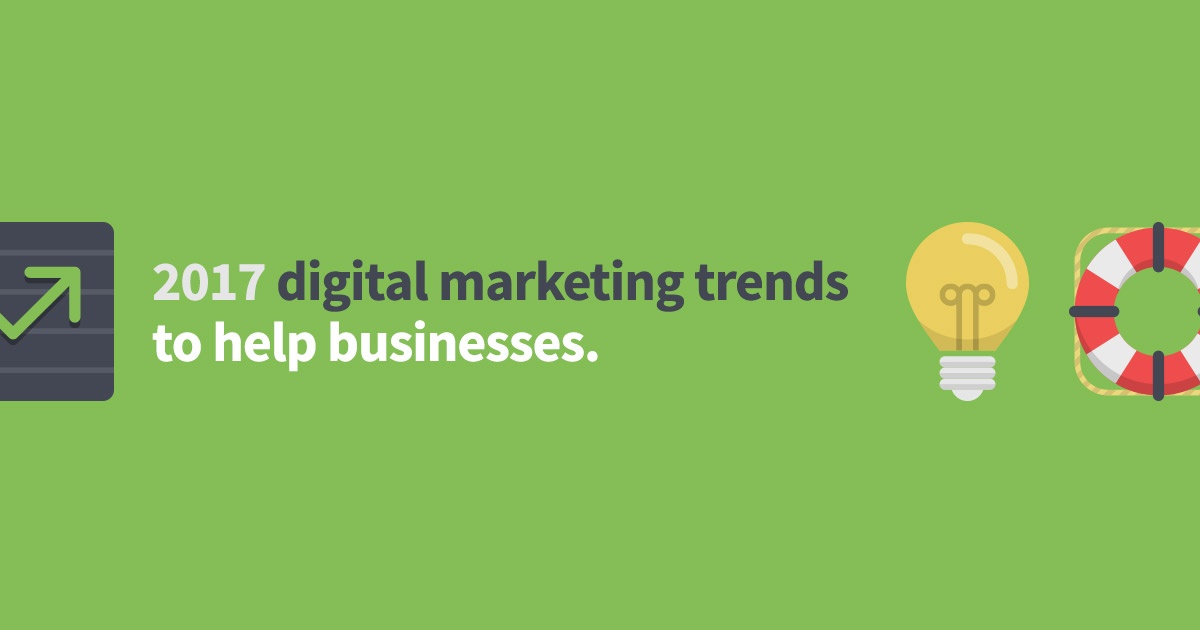

It's always tempting to jump on the latest marketing fad hoping for a quick-fix, but what's going to work best for your business and your customers?
Here’s a review of 4 digital marketing strategies you should consider while developing your digital marketing plan:
Consumers of your digital content are expecting quality information to solve their most pressing problems. Search engines are aware of this and are keying in on quality content.
You no longer capture consumers' attention with a sales pitch; they expect an education when they come searching for your services. When consumers feel like they get helpful information from you, they are more likely to return and buy your products or services.
And quality content doesn't just sell for today. When you develop quality content for your website, your social media and other platforms, you are developing quality content that will sell your business for years to come.
It’s been predicted that within the next 2 years 80% of all consumer internet traffic will be video; yes even for businesses.*
And search engines have adapted to this by ranking video high in search engine results; ie. how you rank in Google.
Small Business Trends also reports that companies who use video attract 41% more traffic, and organic traffic through search results jumps an amazing 157% based on video.*
Whether you are a B2B or B2C company, video carries importance: 59% of business decision makers would rather watch a video about a product or service, and consumers are four times more likely to watch a video than read content.*
If you’re looking at using video as a business tool make sure it's a good quality recording, that content is helpful and informative, and the end video should be optimised for search engines.
With all the emphasis in recent years on social media and video, is email marketing still a valid marketing tool? In short, yes, if you use it well...
For example, make sure your email send content is relevant to your customers. Just like we mentioned in regards to content in point 1, this means giving your contacts helpful information that’s valuable to them.
Emailing out promos or a sales pitch is okay, but make sure it's not just about the pitch.
Video in an email also drives a great response from consumers.
One more effective tool to drive customers to your brand is native advertising.
Native advertising is defined as advertising placed with other sources but it's advertising that often shares your knowledge, rather than promoting your product or service. In summary, native advertising doesn't look like an advert, it blends or appears to be part of the site it appears on, which results in this form of advertising being more trusted.
Native advertising might be an article or an infographic that seems to be part of the site you are on and it will usually talk more about one brand more than any others or just have a logo appear in the article. Often it will have the term “Sponsored” to clearly show that this is not normal content on the site, which you often see these days on Facebook. While Facebook sponsored posts are a form of native advertising it is on the border line and could be debated as not true native advertising, since it doesn’t always cleverly mimic the site design and flow. Great native advertising doesn’t interrupt but rather it feels part of the site you are on and you engage with it, not knowing that it is an advert, hence the trust level of the viewer being much higher, resulting in greater engagement.
The great thing about native advertising is that you can target people that might have never heard about your business or been to your website. It’s a way to further extend your brand and drive new business through the door. To do this though it does require an understanding of your target market and how the overall strategy will end up converting leads into clients.
You can take native advertising even further now with a retargeting campaign, by tracking an engaged viewer and then showing them your brand on other sites. This is similar to typical retargeting but the core difference is that a viewer doesn’t have to visit your website to be tracked and re-marketed to.
Overall, no matter what sort of native advertising you do; a sponsored blog post, video ad on Facebook, or an infographic, you are positioning yourself as a thought leader and inviting consumer trust, which leads to consumer purchases.
Need a hand putting together your digital marketing plan?
For expert assistance in planning the most effective ways to reach your customers
*Small Business Trends: 27 Video Marketing Statistics That Will Have You Hitting the Record Button – https://smallbiztrends.com/2016/10/video-marketing-statistics.html
© 2025 Itag Media | Legals | Privacy Policy | Site Map
your brand. made better